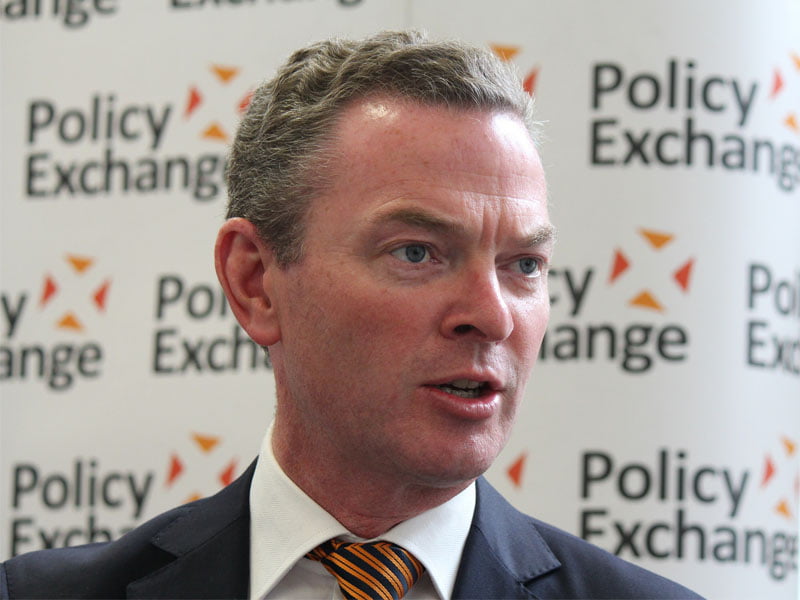The shiny new bauble in the Budget is a $100 million ‘Exploring the Future’ initiative to map mineral, energy and groundwater potential in northern Australia and South Australia.
It adds to the growing body of public sector data that is now being collected and shared to spur private sector innovation and streamline Government operations.
The funding comes on top of the $1.1 billion of initiatives outlined in the Government’s National Innovation and Science Agenda (NISA) late last year.

Under the initiative, pre-competitive geoscience data will be generated and released annually over the coming four years to stimulate investment in minerals exploration and infrastructure development.
The Budget papers reference a 2015 ACIL Allen Consulting economic impact study that suggests that there is a 20-fold rate of return for every $1 invested in pre-competitive programs for industry.
While there’s a back-to-the-future feel about the announcement, which leverages Australia’s legacy as a mine and quarry, it feeds into the growing bank of public data which is being made available to spur private enterprise.
Data – and technology’s role in enhancing government – featured broadly in the Budget announcements.
Funding for the Digital Transformation Office, which has been charged with spearheading the transformation of the way government services are delivered to Australians, has been confirmed for the coming four years – but CEO Paul Shetler will see both his budget and team shrink in coming years.
Both budget and staff will peak in the 2016-17 year at $34 million and 208 respectively, slated to drop to $26 million and 177 next year, and $25 million and 150 thereafter as responsibility for digital services shifts out to the individual departments.
In the health area, tougher Medicare compliance achieved through data matching and analytics is expected to improve fraud detection and waste – saving $66.2 million over four years from 2016-17.
The Budget papers also reveal the scale of the new Australian Digital Health Agency (ADHA) which replaces Nehta.
It will be staffed by 51 people and is intended to drive the uptake of the MyHealth electronic health records from July. The new organisation was funded to the tune of $485 million in the last Hockey Budget.
The most recent statistics indicate that around 2.7 million people now have a MyHealth record – with a further 1 million anticipated as a result of the opt-out trials currently underway.
However to achieve the maximum benefit of improved data access, the government will be relying on the ADHA to drive uptake of more records.
Health and education were always going to be a feature of what amounts to an election manifesto as much as an economic statement.
The total investment in education and training in 2016-17 is more than $41 billion.
Besides announcing an additional $1.2 billion for schools and 33 per cent increase in spending on public schools, the Budget confirms the $64.6 million initiative to support digital literacy and STEM education in schools, with a particular focus on students at risk of falling behind and children in regional areas.
In the tertiary sector, the Budget has once again applied the brakes on the higher education reforms originally championed by then Education Minister Christopher Pyne.
Mr Pyne had threatened the $150 million National Collaborative Research Infrastructure Strategy (NCRIS) funding, saying it would be axed unless the Senate passed his controversial university deregulation plans.
Had he had his way with NCRIS it would have impacted as many as 27 major research initiatives across Australia.
After becoming Minister for Industry, Innovation and Science, Mr Pyne took a more conciliatory approach and restored the funding.
This budget confirms $1.5 billion of funding for NCRIS over the coming decade along with an additional $180 million of new research support and research training programmes in higher education.
In 2016, $1.8 billion is earmarked for universities to support research block grant funding that will give greater emphasis to success in industry and end-user engagement, rather than clinging to the publish-or-perish mantra of old.
The Government has also now confirmed that higher education reforms would not begin until January 2018 pending further consultation with the universities and stakeholders regarding full deregulation.
As students leave school or university or enter the workforce, getting them a job remains a priority for the Government which has signalled this as a jobs and growth Budget.
An initiative called Youth Jobs PaTH is intended to support both young people seeking employment and employers willing to take on young workers.
Job seekers will be offered training programmes, the Government will run an internship initiative for up to 120,000 placements over four years, with businesses taking on interns receiving an upfront payment of $1,000.
Beyond that employers will be eligible for youth bonus wage subsidies to encourage them to take on young workers.
Do you know more? Contact James Riley via Email.

